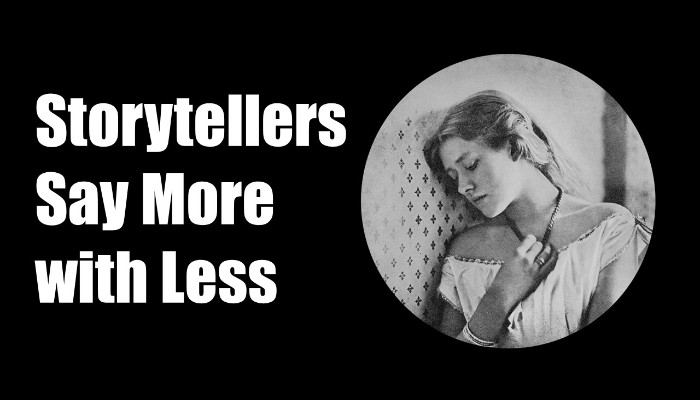
Most novices think that story development starts by focusing on the big things like the plot, the struggle, and the final resolution. But, that’s not where the magic of storytelling resides. The best storytelling lives in the little details that hit audiences in the gut, thus making us feel a kinship with the characters.
![]()
The Amazon Original Series, Good Girls Revolt is a period piece that’s loosely modeled on the story of Newsweek Magazine in the 1960s. One of the characters, a caption-writer named Cindy, is in a loveless marriage. One day, she has an encounter with co-worker, Ned, a photographer who has asked her to sit in a portrait chair so he can check his lighting.
At first, Cindy seems a little self-conscious as the sole focus of Ned’s attention. But when he reaches over after a series of test shots and adjusts the way her necklace dangles, her self-consciousness transforms into a moment where she looks at him dreamy-eyed.
Later that evening, Cindy and her self-absorbed husband are each reading in bed. He glances at her lustfully, closes his book, and attempts to initiate some…well…you know. But rather than reciprocating, Cindy rebuffs him. As he turns away, angry and frustrated, the camera draws our attention to her fingertips that are fondling her necklace. The scene fades out with her wearing the same dreamy smile that we saw earlier.
That’s great storytelling, folks. The writers have made brilliant choices about facts and the order they’re revealed. The scene with photographer Ned was used to set up a powerful moment where we KNOW what Cindy’s thinking…AND IT DIDN’T EVEN REQUIRE WORDS.
Symbolism (StoryHow PitchDeck Card #57) is an advanced technique that storytellers use to convey a deeper meaning. Symbols come in many forms such as graphics, props, or in this case, necklaces. Based on what an audience knows about a symbol’s significance, these devices can tell entire stories on their own. By establishing Cindy’s necklace as a symbol that represents a man’s caring touch, Good Girl Revolt’s writers have transformed a simple piece of costume jewelry into a powerful tool that connects the audience with the character.
So, stop worrying about the big pieces and start focusing on the little ones. Perhaps you can use a symbol in the next piece that you write?
Photo Credit: Cameron, Julia Margaret, photographer. Ellen Terry, at the age of sixteen / Julia Margaret Cameron., 1913. Photograph. Retrieved from the Library of Congress, https://www.loc.gov/item/89708624/
| A StoryHow Puzzle: The 1913 photograph used in this post is of Miss Ellen Terry. I chose the photo because she’s holding onto a necklace, however I then stumbled upon a connection between it and the 1981 movie, Arthur, starring Dudley Moore and Liza Minelli. Can you find the connection? I’ll post the answer in next week’s Dragonslayer Digest. You are subscribed, aren’t you? |